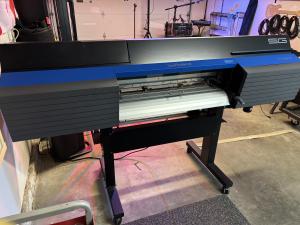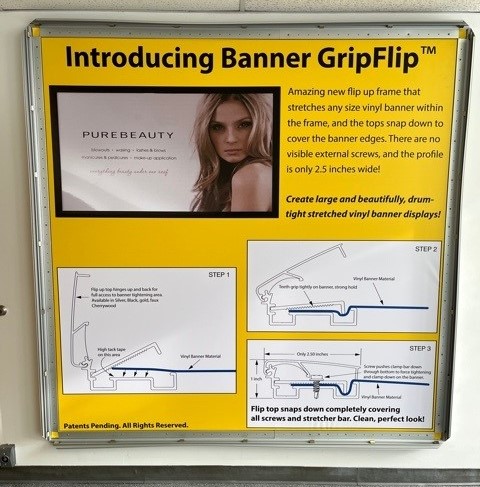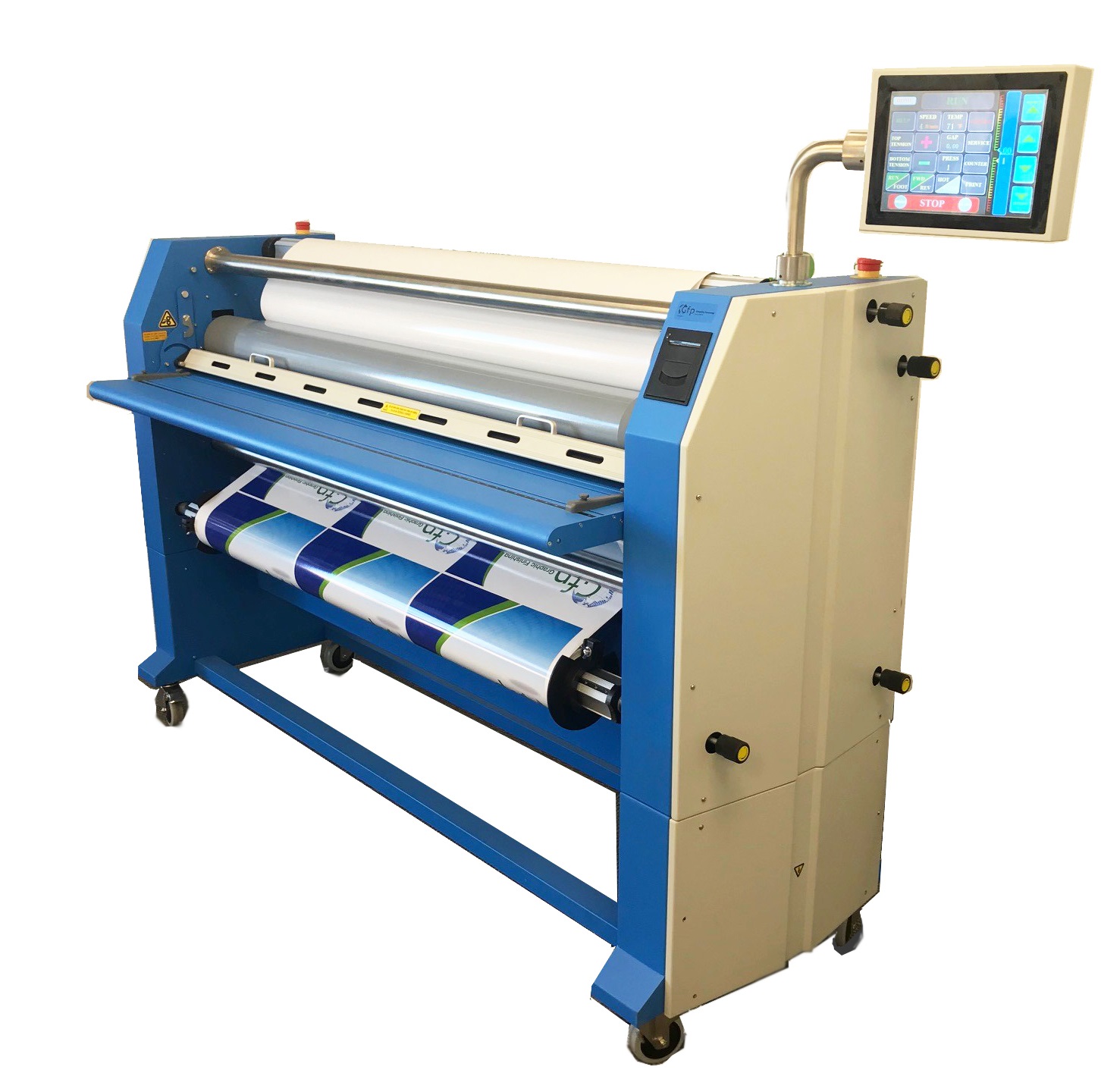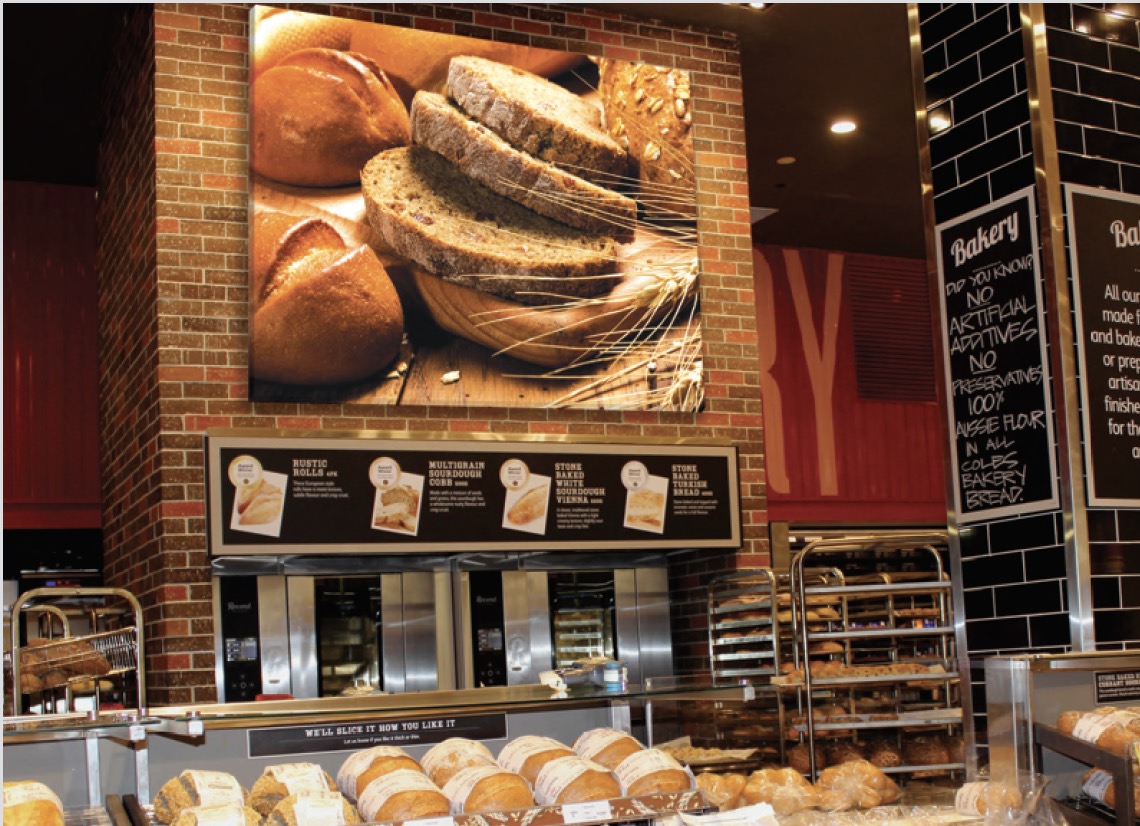Navigating business in a post-pandemic world
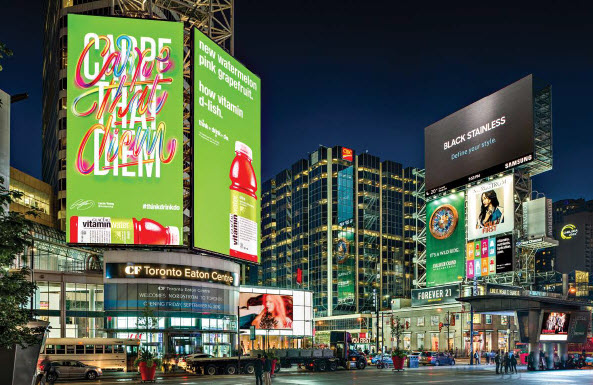
By Scott Mitchell
Over the last two years, the broad media landscape has experienced more disruption than ever before as result of the global pandemic. To “keep heads above water,” marketers had to re-evaluate how they reach customers, leading many to explore new and innovative opportunities to engage with their audience. In response to this, some media owners and sign operators have risen to the occasion by finding ways to better monetize their own digital inventory and offer programmatic digital-out-of-home (DOOH) opportunities to eager marketers.
As Canadians continue their return-to-office, enjoy the outdoors with warmer weather, and start shopping more in-store, brands are seeking opportunities to interact with consumers in the physical world throughout their daily movement. Buyers know the value digital screens serve and are seeing the benefit of DOOH’s ability to efficiently deliver creative, strategic, targeted, and measurable advertisements.
To capitalize on this pivotal shift in the landscape, media owners and sign operators must invest in the right hardware, software, and sales strategies now. Think of this as a 101 on how to further monetize screen inventory in the shifting DOOH space.

maintenance, quality assurance, inoperability, device management, and monitoring and diagnostics.
Generating programmatic revenue in the real world
With roughly 2000 screens, MaxTV is a provider of interactive digital notice boards in residential condominiums. The screen network was looking for a way to capitalize on the valuable audiences surrounding their screens. To do so, they followed the necessary steps and gained access to demand from the world’s biggest programmatic spenders in DOOH. By activating programmatic advertising, MaxTV was able to quickly generate significant revenue and continues to grow rapidly with campaigns from Rexall, CBC, Reebok, and Sobeys.
Here are three considerations for media owners looking for similar ROI while navigating a post-pandemic world.
The future of digital signage as a service (software)
Installing new networks can provide a great opportunity to build for the future, but whether one is new to the digital signage industry or have been owning and operating screens for years, it is crucial to consider these points when evaluating digital signage software and solutions that run your network.
Be sure to look for one connected infrastructure that handles all the underlying network operations, including development, maintenance, quality assurance, inoperability, device management, and monitoring and diagnostics. The indicator of a strong digital signage software is when it frees up time to focus on other strategic parts of the business.
There is the question of how to know when it is time to switch to a new digital signage solution for content management. If the current content management system (CMS) is creating significant additional work for the team, rather than assisting them in operational tasks, it might be time to explore new options. The goal here is to find efficiencies which allow for further capitalization on opportunities. It is important the digital signage solutions fit seamlessly within existing workflows, and content management systems are no exception.
Before getting caught up in some of the flashy, new, and sometimes very valuable capabilities like facial recognition, first ensure the software’s core capabilities are strong and ready to support the future of digital advertising–whatever that may be.
A simple checklist to run through when evaluating the software includes: is it up-to-date, flexible, cutting edge, and able to integrate ads into what the screens are already doing?
Balancing cost savings and reliability of your hardware
It is important for media owners and sign operators to not jump at the cheapest option when making hardware purchases. While digital signage hardware is less expensive than it once was, relying solely on cost-savings can result in issues and unforeseen costs down the road. This is an instance where “you get what you pay for,” so do not cut corners to save money during the installation phase. Balance the cost savings with the reliability to find a practical solution suitable for your network.

once was, relying solely on cost-savings can result in issues and unforeseen costs down the road.
Priorities when evaluating the Supply-Side Platform (SSP) for your network
As a media owner or sign operator, whether new to monetizing your network or not, the goal is to increase revenue. Through an SSP, you can minimize any unsold inventory and facilitate transactions as quickly and efficiently as possible to optimize incremental revenue opportunities. Leveraging SSPs can aggregate demand and access multiple buyers in one central platform.
So, how does it work? An SSP will help you gain access to the programmatic advertising ecosystem. It allows sellers to control inventory availability and costing for buyers. Without SSPs, sellers need to directly negotiate and close every individual ad campaign, and potentially lose out on sales while drawing out the process. That is why selecting the right SSP is so important. There are many SSPs in the programmatic space, so it is vital to determine which is best for one’s network. When evaluating SSPs, there are several things to consider:
How does your SSP support the various transaction types?
These options include open exchange, private marketplace (PMP), and guaranteed deals. Open exchange makes inventory available to a vast range of out-of-home brands and agency buyers. This broad approach allows buyers to bid on DOOH media and prioritizes audience targeting, but supply is not guaranteed. On the flip slide, PMPs are also offered by many SSPs and allows for direct communication with the buyers in efforts to further expand revenue. PMPs can showcase unique inventory that one may not want to make available in an open exchange. In this case, buyers and media owners can negotiate a custom deal at a fixed price. A good option is a combination of the open exchange and PMP to maximize digital signage inventory. Lastly, there is a guaranteed deal. This direct transaction between a buyer and seller is a little different than PMPs because the exact inventory and price are both negotiated and guaranteed. Often, these deals are used for unique activations, like 100 per cent share-of-voice takeovers or custom experiences. Ideally, a provider can enable not only an SSP for the open exchange and PMPs, but also an ad server that can seamlessly support the direct-sold deal delivery as well.
How does your SSP inventory control protect your business via floor pricing, creative approvals, and category and advertiser restrictions?
Floor pricing is quite straight forward—think of this as the lowest payment one would accept for screen space. By setting this threshold, time will not be wasted investing in the wrong deals, potentially leaving money on the table. Creative approvals and category/advertiser restrictions help ensure screens are only running advertisements that match the individual restrictions and requirements. This step should be automated through the SSP to streamline the task.
How is your team built to support programmatic business?
It might sound obvious, but it is important to consider the team structure. Ensure there is an account manager and access to engineering-level tech support. With the out-of-home industry constantly shifting and evolving, a dedicated SSP team is essential to a media owner’s success in monetizing their network. In selecting the partner this team will work with, it is important that there is an SSP dedicated to the out-of-home industry, has a diverse variety of buyers, and enables the control of the types of ads showcased on the screens.

digital screens and generate additional revenue for their business
Monetizing your own inventory
Programmatic DOOH allows media owners and sign operators to seamlessly integrate advertising into their digital screens and generate additional revenue for their business. When starting to plan the next endeavour in digital signage, consider how these key takeaways can help further monetize the screen inventory.
- Evaluate the software and ensure it can manage the shifting DOOH industry.
- Balance the cost savings and reliability of your hardware to avoid incremental costs down the road.
- Refer to your priority checklist when selecting an SSP. Think about transaction types, inventory control, and even how the team is structured.
DOOH is a complex space with many opportunities to grow, so reach out to an expert with questions.
Scott Mitchell is managing director for Canada at Vistar Media, a provider of programmatic and software solutions for digital out-of-home. Since joining Vistar in 2017, Mitchell has launched the Canadian office and grown operations to a fully staffed team with strategic partnerships across the entire programmatic landscape. Prior to joining Vistar, he held positions at TubeMogul (now Adobe) opening Canadian operations and working with agencies, as well as in the Enterprise (SaaS) business working with brands directly. Mitchell also worked at Yahoo! Canada, leading the CPG vertical. For more information, email info@vistarmedia.com.

